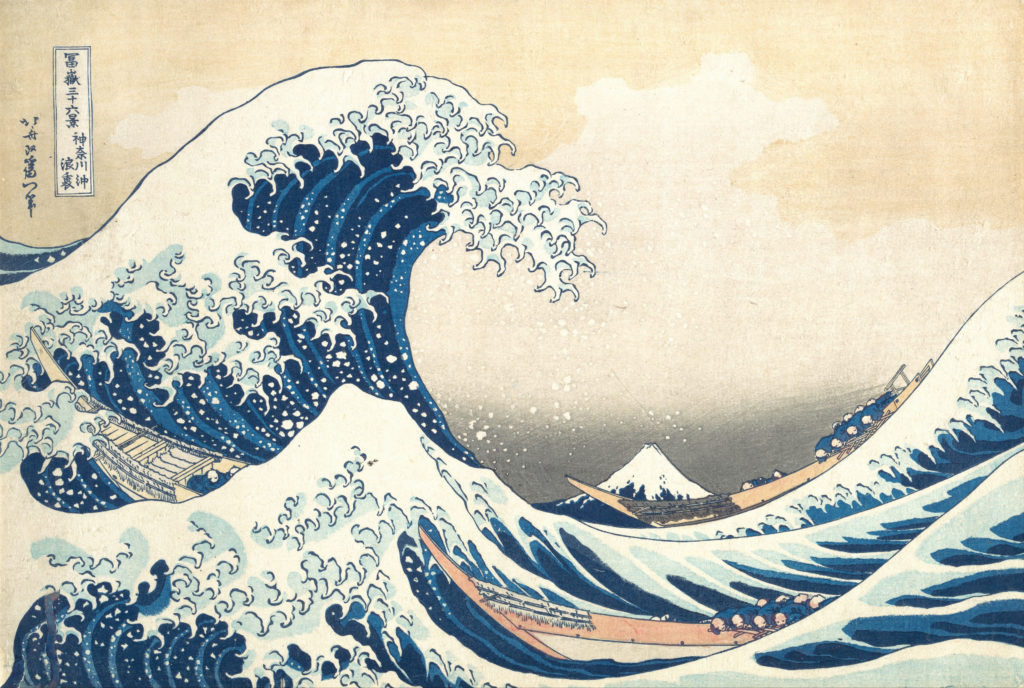The standard history of scholarly publishing, and STM publishing in particular, has it that publishing began to grow after World War Two and then, buoyed by Sputnik and Cold War urgency, really, really took off. Small fortunes were made. All was going just great until the Internet came along and disrupted the whole business. The evidence was everywhere. Publishers had to shift from print to digital; individual subscriptions dried up; and the Internet spawned the open access movement, which loudly declared the end of toll-access publishing. Indeed, Stevan Harnad’s “subversive proposal” now has its own Wikipedia article. Harnad’s proposal is dated June 27, 1994. We can call this Stage One Disruption. An important question today is what happened to Stage One and whether Stage Two is on its way — the tsunami, as it were, that follows the earthquake.

It is arguable, however, that Stage One never happened and that the Internet has in fact been a gift to STM publishers. Let’s not be misunderstood on this point: media industries everywhere have been disrupted by the Internet. Think of music (how many times has Napster been used as an iconic illustration?), newspapers, magazines, books, and, of course, cable TV (Netflix, anyone?). What is remarkable is that the Internet has been very good for STM publishing (though not necessarily for each individual publisher), which has grown enormously over the last 20 years. So that first disruption, where scholarly communications was just roadkill on the way toward a fully digital world, never really happened the way many said it did.
What has happened is an almost comprehensive transformation in publishers’ revenue streams:
| Pre-Web Revenue Streams | Post-Web Revenue Streams |
| Page charges | Migration to digital distribution (no charges) |
| Individual subscriptions and memberships | Sharp move from individual to institutional subscriptions |
| Some institutional subscriptions (print) | Package sales/Big Deals predominate |
| Print advertising (where applicable) | Article processing charges (for Gold OA) |
What we see here is disruption on a granular level, but some companies found their way around these problems. I can imagine the surprise of the publisher of, say, a journal in clinical medicine when the longtime advertisers in the print edition declined to advertise in the online edition; or if they did advertise, they were only willing to pay a fraction of what they did formerly. Or consider the cogitations of the head of a professional society, whose membership drops off when the society’s journal becomes available via remote access to library collections. What this demonstrates is that the way to survive a disruptive technology is to adapt — not by capitulating (“Let’s give it all away for free”) but by identifying new opportunities that new media present.
The moral of this story does not make headlines. Although we talk of the value of brands, technology, efficient workflows, the quality of content, and the scope of an organization’s resources, the one and only determinant of success in publishing is management. (Failure has many causes, success only one.) Scores of management teams faced the same challenges, but some came out on top, some did not. Good managers found their way around the erosion of page charges; they developed means to co-opt open access; where once they were direct marketers to a society’s membership, they morphed into superior institutional marketers. Which raises an important question: if Stage One disruption was, among the lucky organizations, offset and conquered by superior management, what will management do with Stage Two?
STM publishing has grown over the past two decades on the back of two key strategies: globalization and packaging, sometimes called “The Big Deal.” When the Berlin Wall came down, publishers jumped on the neoliberal train as it left the station, crashing through all obstacles, mixing metaphors with abandon, and implementing the global footprint that is the hallmark of the marketing of the largest and most successful publishers. Simultaneously, scientific materials began to be sold in large packages, which have many advantages (lower transaction costs, lower costs per article, and the intensification of lock-in with institutional customers, who found it hard to cancel such large collections of material). As we sit here in 2018, however, we find no new territories to conquer — so much for the globalization strategy — and library customers with scant budget for new publications. Where to find new growth?
Indeed, it is not an overstatement to say that publishers find themselves boxed in. Among the challenges:
- No new markets to expand into
- Library budget pressure
- Mounting regulatory pressures (e.g., open access mandates)
- Industry consolidation (which brings winners and losers)
- Piracy
- Rising administrative costs to manage global operations and regulatory compliance
This has given rise to a growing industry sentiment that all is gloom and doom. In particular, publishers wrack their brains to come up with a way to deal with the growing regulatory pressures, which reshape the industry from one that is market-based to one that is policy-based.
Meanwhile, innovation does not sleep. Clever and risk-taking management is now actively working with data analytics and machine learning; they develop new platforms (Code Ocean, Figshare), and find new ways to be integrated into workflow (Knovel, Safari). Of particular interest to me are the custom publishing programs (e.g., from Nature and Science), where publishers work with institutions (e.g., research laboratories) on their communications needs, a strategy that appears to be resistant to funder mandates.
So what might a balanced perspective sound like?
The traditional business of publishing scientific and technical content is probably mature and is facing many of the pressures common to other mature markets, but it is not about to disappear anytime soon and may even continue to grow, albeit at a slower rate. Meanwhile, new opportunities continue to arise, especially through increased use of computation and changing workflow needs of professionals. Organizations with deep collections of mission-critical content, married to imaginative management, can continue to thrive in the evolving environment.
So if Stage Two disruption is largely based on funder regulations (more open access, increased use of publisher-hostile Creative Commons licenses) falling on a mature market, we should look for survival — and growth — to come in a different direction. In fact, growth always seems to come where you least expect it. The devaluation of content by funding agencies and libraries gives rise to new commercial developments in computational publishing and workflow tools. To put this another way, the disruptors have attacked on the left flank, but the new dollars are to be found on the right. What the disruptors don’t see is that management will make the difference. It always has.
Discussion
1 Thought on "Stage Two Disruption in Scholarly Communications"
Looks like natural selection. Survival of the fittest, to use the vulgate. Adaptation is the key to progress.

